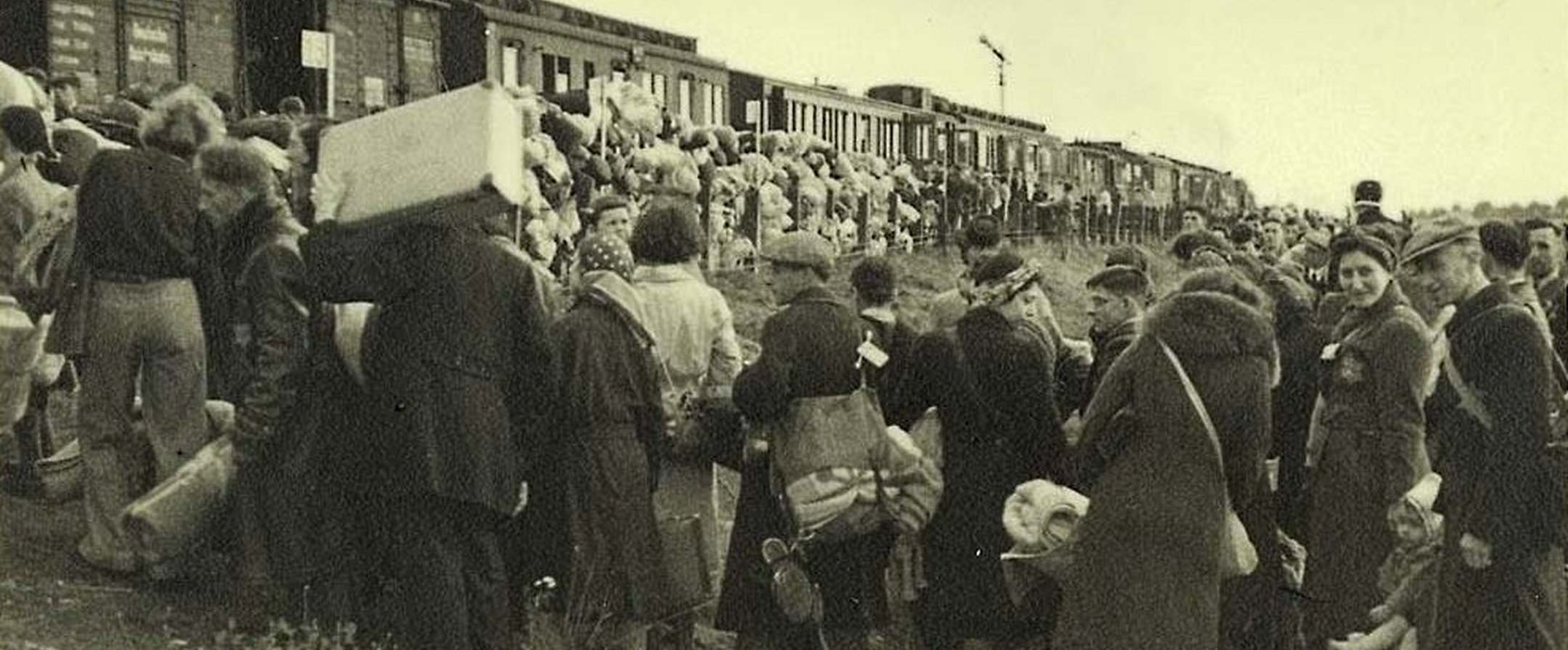Comment by the authors with regard to the number of people who went into hiding the Netherlands:
The 30,000 referred to in this essay includes the 28,000 people who went into hiding and about 2,000 people who tried to escape abroad. (They do not include the slightly less than 1,000 cases of legal emigration in 1940-1941.) We believe that saying that of the 28,000 people in hiding, “approximately 12,000 were arrested, well over 42%”, seems rather high.
Apart from the fact that 42% of 28,000 is equal to 11,760 (therefore hardly “well over 42%”), the number of 12,000 that is given is probably based on the number of cases of Jews who were sent to Westerbork as a punishment and were priority cases for transportation via the punishment barracks.
However, not all these 12,000 cases of punishment were people who had been in hiding and had been arrested. They also included people who had not been in hiding but, for example, had (allegedly) infringed one of the many anti-Jewish regulations, such as:
- being away from home after the clock had struck for the evening curfew for the Jews
- failing the wear the Star of David or wearing it incorrectly
- going into shops to go shopping outside the set hours in the afternoon which applied to Jews
- travelling without a valid travel permit
In short, the difference was particularly that the majority of the 12,000 cases of punishment, though not all of them, were in fact people who had been in hiding and had been caught. Therefore we maintain that about a third of the people in hiding were subsequently betrayed, or discovered and then transported.
It is true that the number of people in hiding has been estimated on the basis of various calculations, because there are no reliable exact figures available, which in turn is directly related to the secretive nature of living in clandestine conditions.
